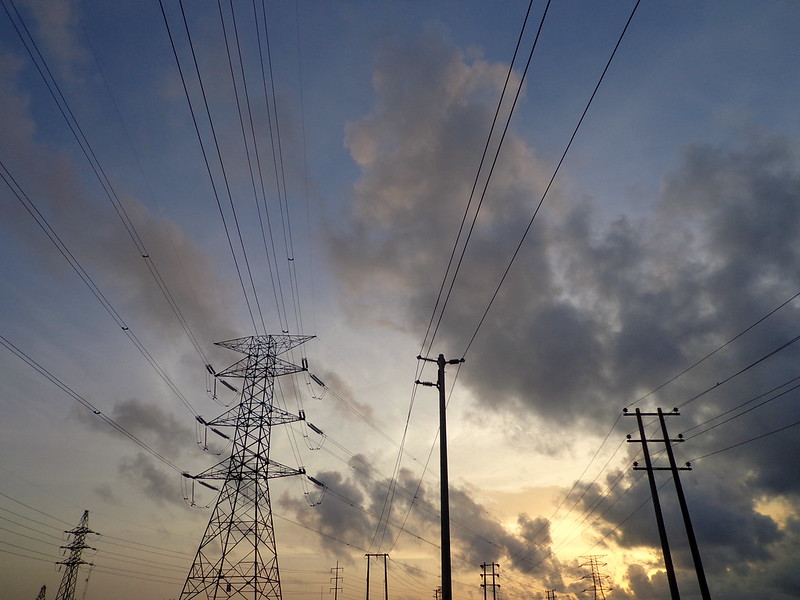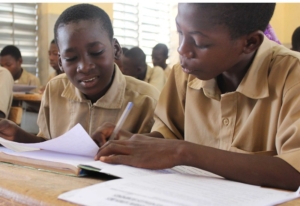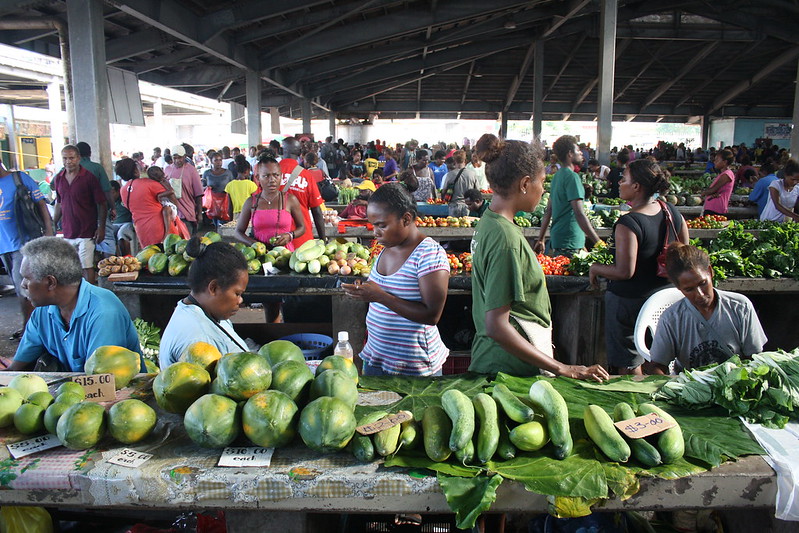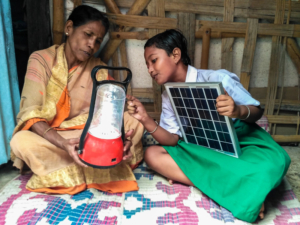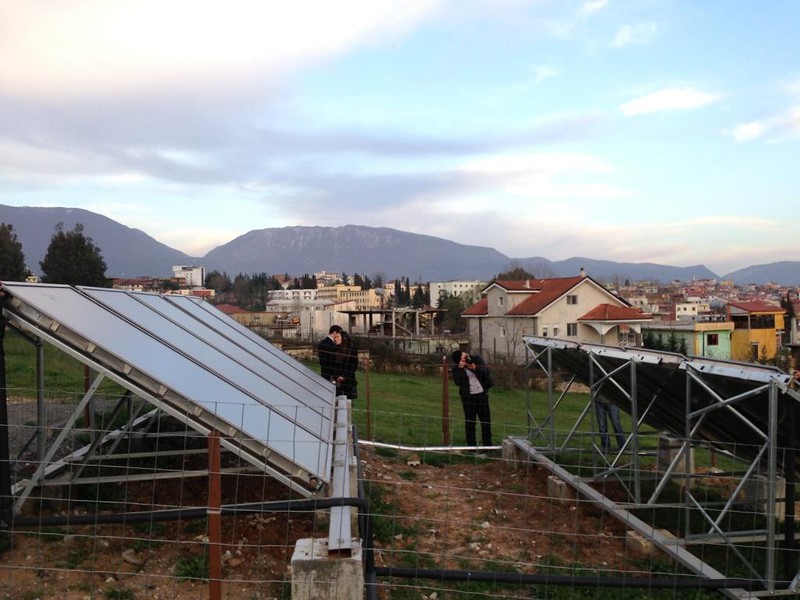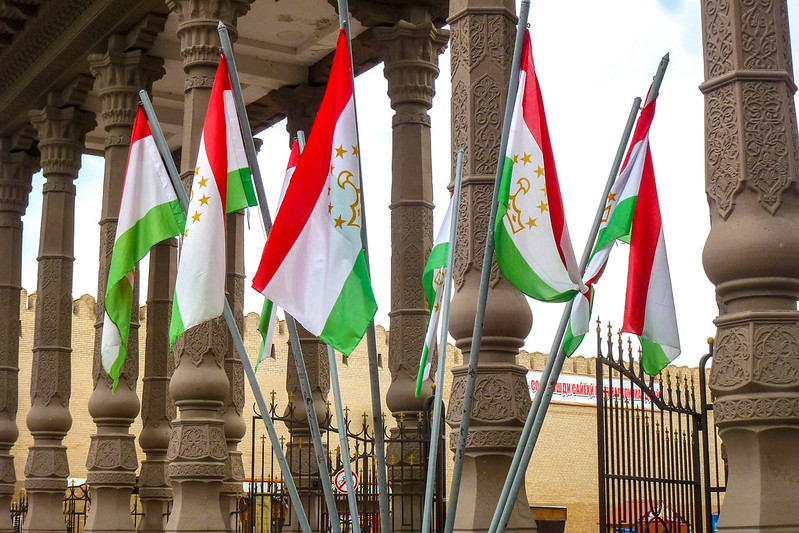 Tajikistan, one of the most economically challenged nations in Central Asia, continues to face persistent energy shortages that disproportionately impact rural communities. Despite efforts to expand electricity access, many households outside urban centers still suffer from unreliable power supply. However, Tajikistan’s rugged landscape and vast river systems offer a unique opportunity for the development of renewable energy, particularly in the form of hydropower and solar energy. With targeted investment and strategic planning, renewable energy can potentially play a crucial role in reducing poverty by expanding electricity access, improving living conditions and stimulating economic development, thus showing the active link between renewable energy and poverty reduction.
Tajikistan, one of the most economically challenged nations in Central Asia, continues to face persistent energy shortages that disproportionately impact rural communities. Despite efforts to expand electricity access, many households outside urban centers still suffer from unreliable power supply. However, Tajikistan’s rugged landscape and vast river systems offer a unique opportunity for the development of renewable energy, particularly in the form of hydropower and solar energy. With targeted investment and strategic planning, renewable energy can potentially play a crucial role in reducing poverty by expanding electricity access, improving living conditions and stimulating economic development, thus showing the active link between renewable energy and poverty reduction.
Tajikistan’s Energy Sector
The country’s energy sector is under considerable strain, especially during the winter months when energy demand peaks. Although statistics show that rural populations technically have near-universal electricity access, putting it to 100% access, around 1 million people still endure frequent blackouts and voltage fluctuations. These inconsistent supplies force many families to rely on coal and firewood for heating and cooking, which not only increases their daily burden but also exposes them to significant health risks due to indoor air pollution. These conditions also hinder productivity, restrict educational opportunities and strain public services such as health clinics and schools. Without reliable electricity, development, renewable energy and poverty reduction remain stunted in many parts of the country.
International Initiatives
In response to these challenges, a number of national and international initiatives have begun to promote the use of renewable energy in Tajikistan. To reduce wastage via energy loss, the European Union (EU), for example, has funded through a €20 million investment grant a strategy to modernise Tajikistan’s electricity grid, which will help update the grid to prepare for future renewable energy investments and lead to a much cleaner, renewable Tajikistan. Projects such as this allow rural areas to gain more access to the grid and consistent electricity, allowing critical institutions like schools and medical centers to operate without interruption.
The United Nations Development Programme (UNDP) has supported community-led hydropower projects in areas such as the Rasht Valley, empowering local authorities to manage and distribute energy resources more effectively. By focusing on local people, especially the youth, it enables the project to be fully accepted and utilised by the locals, allowing them the skills to fix any issues, but also find good, high-quality employment that leads to further success in renewable energy and poverty reduction.
Positive Outcomes and Ongoing Challenges
These renewable energy initiatives carry far-reaching socioeconomic benefits. Access to reliable electricity enables small businesses, such as tailoring, carpentry and food processing in order to operate more efficiently and extend their hours, thereby boosting household incomes. Electrified schools can incorporate digital tools and access online educational resources, while clinics can refrigerate vaccines and power medical equipment, greatly improving the quality of health care. In addition, shifting away from traditional fuels such as coal and firewood reduces indoor air pollution, which is a leading contributor to respiratory illnesses, especially among women and children.
Despite the positive outcomes, several barriers continue to hinder the large-scale adoption of renewable energy in Tajikistan. High upfront costs and limited access to domestic financing make it difficult to scale solar and micro-hydro projects. Climate change poses an additional threat, as unpredictable water flows from glacial melt and droughts may jeopardize the long-term viability of hydropower. Furthermore, cumbersome regulatory processes could discourage private investment and slow the implementation of new technologies.
Potential Solutions
To address these issues and realize its clean energy potential, Tajikistan may need to prioritize a combination of financial innovation and policy reform. Encouraging public-private partnerships could unlock new funding streams for decentralized renewable systems, especially in underserved rural areas. Expanding regional energy trade may allow the country to monetize its surplus hydropower during peak production periods. Investing in energy storage technologies, such as batteries and pumped hydro storage, could also help manage seasonal variations in supply and increase grid reliability.
Looking Forward
In conclusion, Tajikistan’s abundant renewable energy resources present an opportunity for renewable energy and poverty reduction and support sustainable development. By improving energy access, especially in rural areas, the country can potentially enhance public services, grow local economies and promote environmental health. With continued international collaboration and a strong domestic policy framework, there’s hope that Tajikistan can transform its energy sector into a cornerstone of resilience, prosperity and social equity.
– Max Jenkins
Max is based in Exeter, UK and focuses on Technology and Solutions for The Borgen Project.
Photo: Flickr
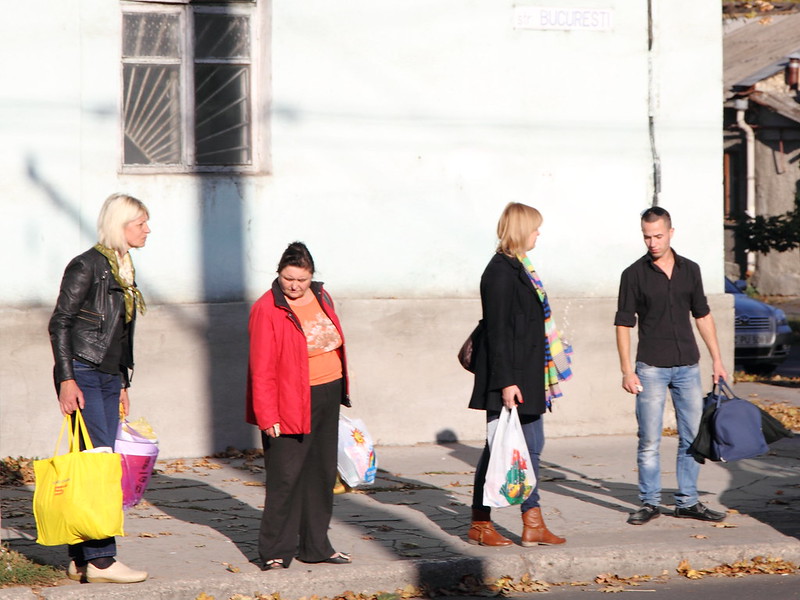 Since 2010,
Since 2010, 
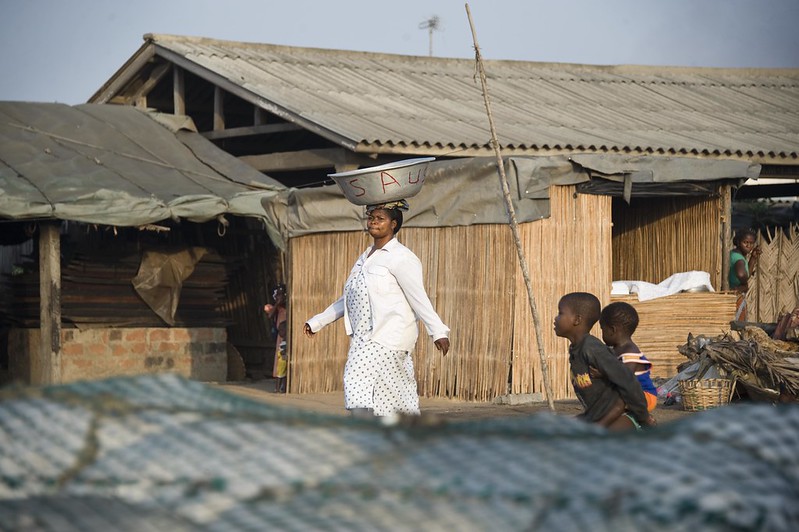 Out in West Africa, Togo’s beating heart lies in its bright Palm Beaches and North Mountains. It is a country with a fine culinary scene and fervent voodoo traditions. As of 2025,
Out in West Africa, Togo’s beating heart lies in its bright Palm Beaches and North Mountains. It is a country with a fine culinary scene and fervent voodoo traditions. As of 2025, 